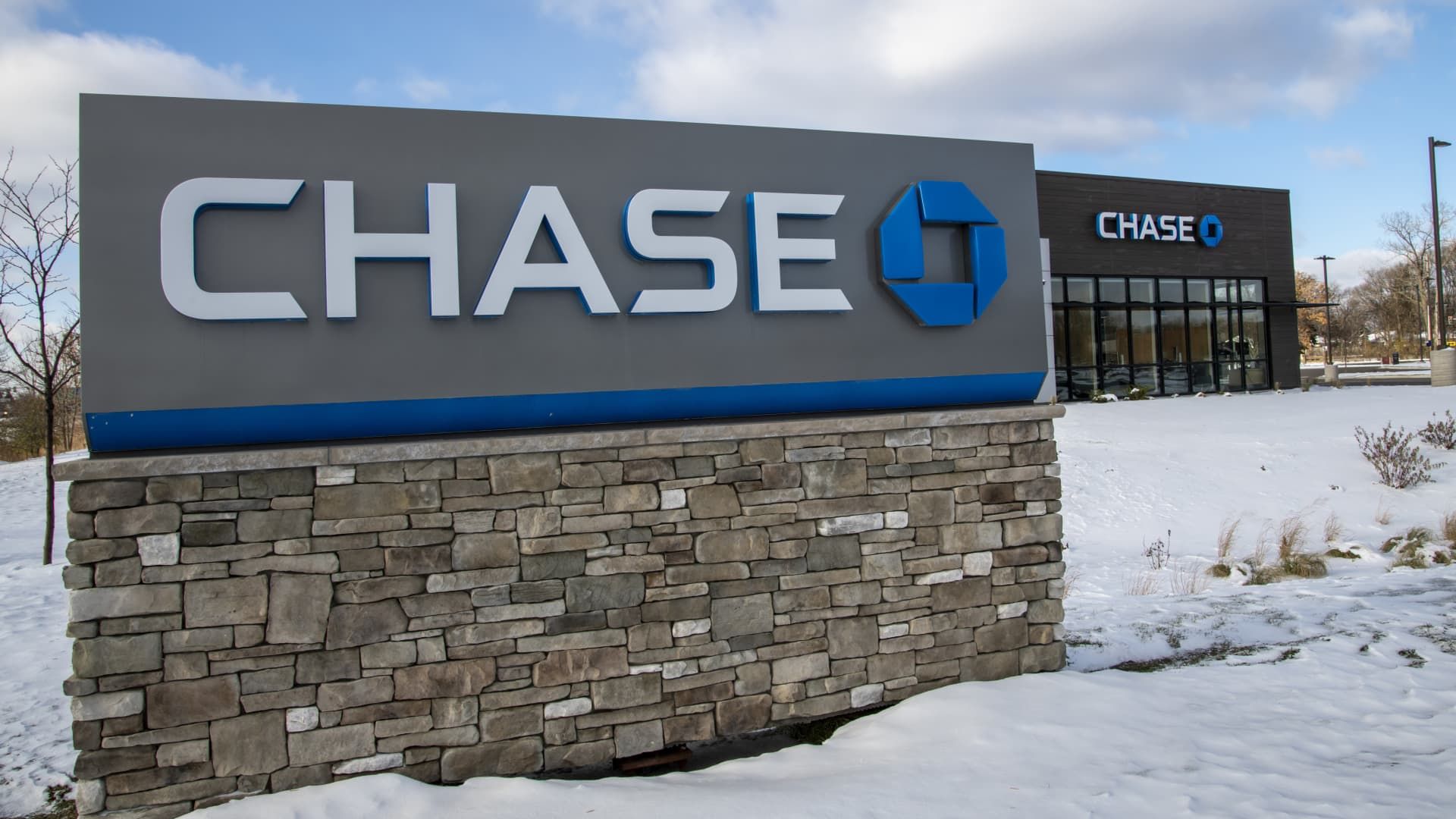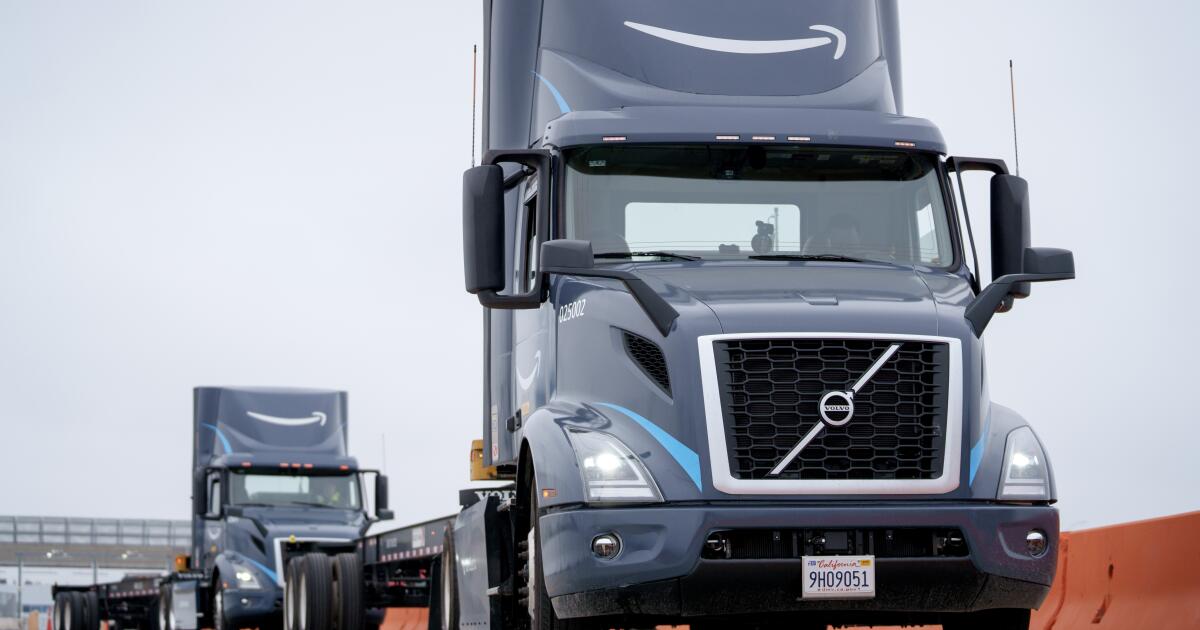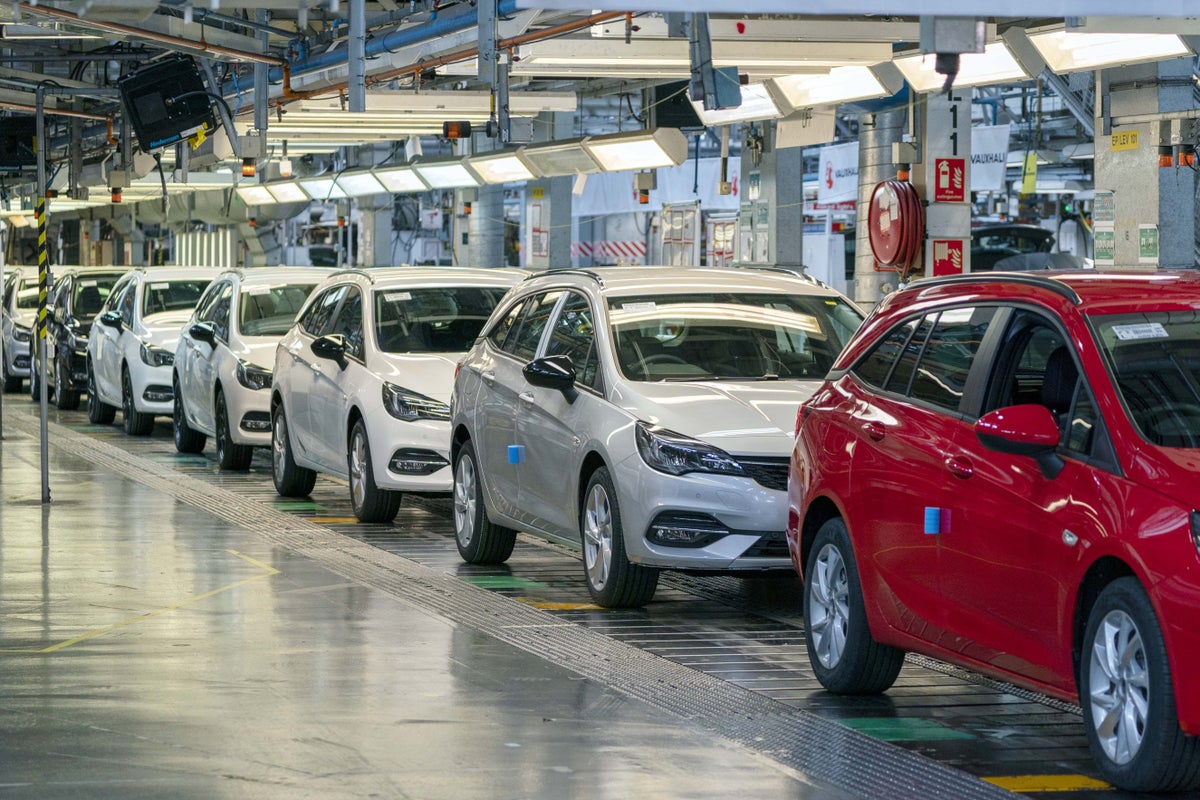Three years ago, JPMorgan Chase It became the first bank with a branch in all 48 contiguous states. Now, the firm is expanding, aiming to reach more Americans in smaller cities and towns.
JPMorgan recently announced a new goal within its multibillion-dollar branch expansion plan that ensures coverage is within “driving distance” for half the population of the lower 48 states. That requires new locations in areas with lower population density — a goal that Chairman and CEO Jamie Dimon is focused on as he embarks on his 14th annual bus tour on Monday.
Dimon's first stop will be in Iowa, where the bank plans to open 25 more branches by 2030.
“From promoting community development to helping small businesses and teaching financial management skills and tools, we strive to extend the full power of the company to every community we serve,” Dimon said in a statement.
It will also travel to Minnesota, Nebraska, Missouri, Kansas and Arkansas this week. In those six states, the bank plans to open more than 125 new branches, according to Jennifer Roberts, chief executive of Chase Consumer Banking.
“We still have very low single-digit branch share, and we know that to really optimize our investment in these communities, we need to have higher branch share,” Roberts said in an interview with CNBC. Roberts is traveling alongside Dimon throughout the Midwest for the bus tour.
Roberts said the goal is to achieve an “optimal branch share,” which in some newer markets is “more than double” current levels.
At the bank’s investor day in May, Roberts said the firm was targeting a 15% deposit share and that expanding the reach of bank branches is a key part of that strategy. He said 80 of the firm’s 220 basis points of deposit share gains between 2019 and 2023 were from branches less than a decade old. In other words, nearly 40% of those deposit share gains can be tied to investments in new physical branches.
By expanding its physical presence, JPMorgan is bucking the banking sector’s general trend of closing branches. Higher interest rates for longer have created headwinds for the entire sector due to funding costs, and banks have chosen to reduce their branch presence to offset some of the macroeconomic pressures.
In the first quarter, the U.S. banking industry recorded 229 net branch closures, compared with just 59 in the previous quarter, according to data from S&P Global Market Intelligence. Wells Fargo and Bank of America closed the largest net number of branches, while JPMorgan was the most active in opening.
According to FDIC research compiled by KBW, bank branch growth peaked just before the financial crisis, in 2007. KBW said this was due, in part, to banks assessing their own efficiency and closing underperforming branches, as well as technological advances that enabled online banking and remote deposit capture. This secular reckoning was exacerbated during the pandemic, when banks reported little change in operating capacity even as physical branches were temporarily closed, the report said.
But JPMorgan, the country’s largest lender, posted a record profit of $50 billion in 2023, the highest ever for a U.S. bank. As a result, the firm is uniquely positioned to invest in brick-and-mortar locations while others are choosing to be more cautious.
When it comes to prioritizing locations for new branches, Roberts said it's a “balance between art and science.” He said the bank looks at factors such as population growth, the number of small businesses in the community, whether there's a new corporate headquarters, a new suburb under construction or new roads.
Even in smaller cities, foot traffic is a critical ingredient.
“I always joke that if there's a Chick-fil-A there, we want to be there, too,” Roberts said. “Because Chick-fil-As, no matter where they go, are always successful and very busy.”









